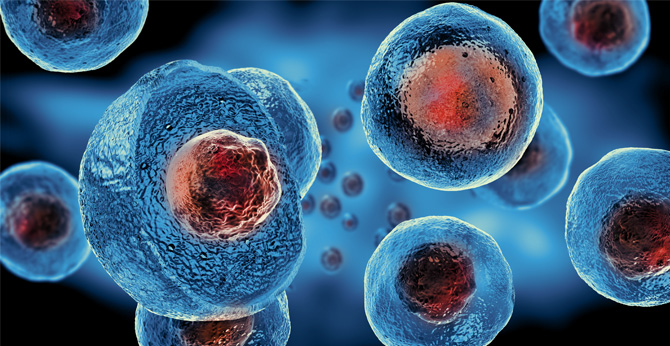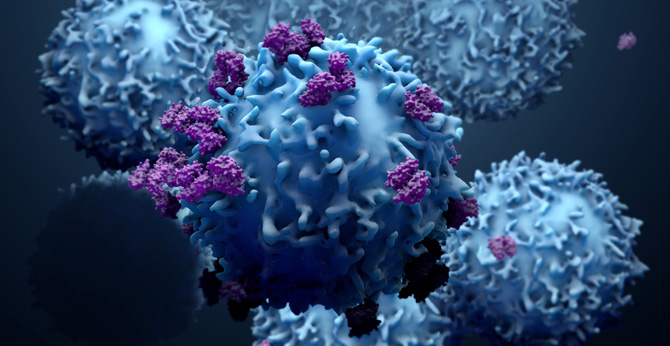All products and services are For Research Use Only and CANNOT be used in the treatment or diagnosis of disease.
Evaluating CAR expression is an essential step in the production of CAR-T cells. Creative biolabs provides several detection reagents which are uniquely suitable for evaluation of CAR expression. Biotinylated Human ROR1 CAR Detection Reagent, Fc & Avi-tag is a special detection reagent which carries a human IgG1 Fc tag at the C-terminus, followed by a Avi-tag, and is used to detect human ROR1 CAR related to the study of Leukemia, breast cancer.
There are currently no customer reviews or questions for Biotinylated Human ROR1 CAR Detection Reagent, Fc & Avi-tag (CARD-LX036). Click the button below to contact us or submit your feedback about this product.
For research use only. Not intended for any clinical use. No products from Creative Biolabs may be resold, modified for resale or used to manufacture commercial products without prior written approval from Creative Biolabs.
For any technical issues or product/service related questions, please leave your information below. Our team will contact you soon.
 NEWSLETTER
NEWSLETTER
The latest newsletter to introduce the latest breaking information, our site updates, field and other scientific news, important events, and insights from industry leaders
LEARN MORE NEWSLETTER NEW SOLUTION
NEW SOLUTION
CellRapeutics™ In Vivo Cell Engineering: One-stop in vivo T/B/NK cell and macrophage engineering services covering vectors construction to function verification.
LEARN MORE SOLUTION NOVEL TECHNOLOGY
NOVEL TECHNOLOGY
Silence™ CAR-T Cell: A novel platform to enhance CAR-T cell immunotherapy by combining RNAi technology to suppress genes that may impede CAR functionality.
LEARN MORE NOVEL TECHNOLOGY NEW SOLUTION
NEW SOLUTION
Canine CAR-T Therapy Development: From early target discovery, CAR design and construction, cell culture, and transfection, to in vitro and in vivo function validation.
LEARN MORE SOLUTION

